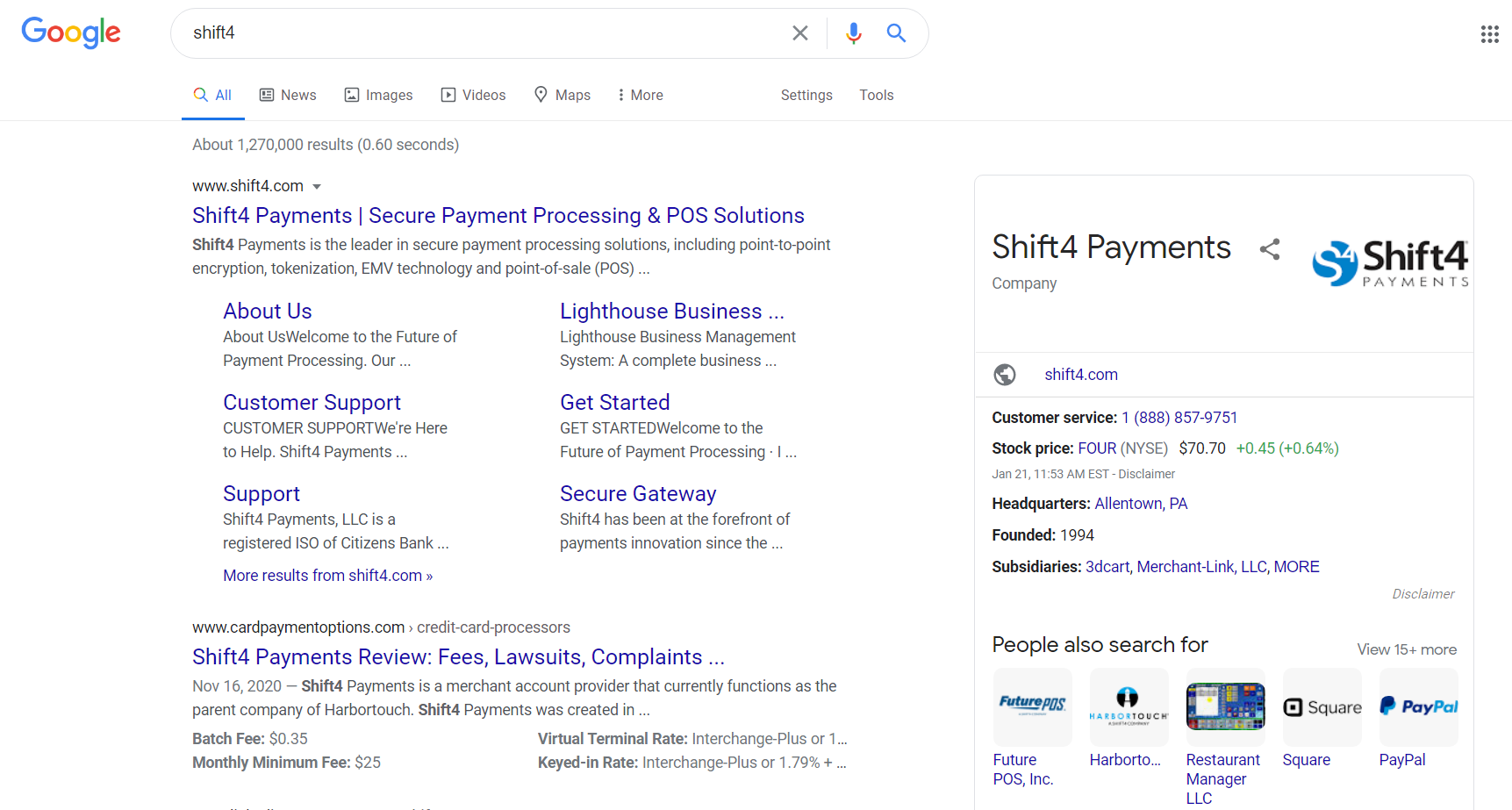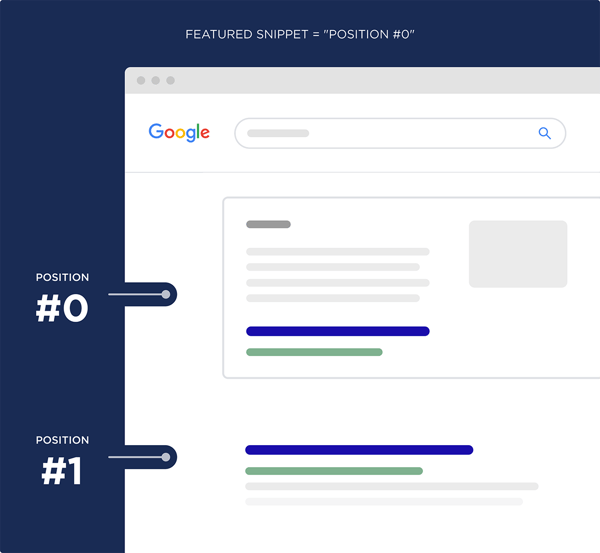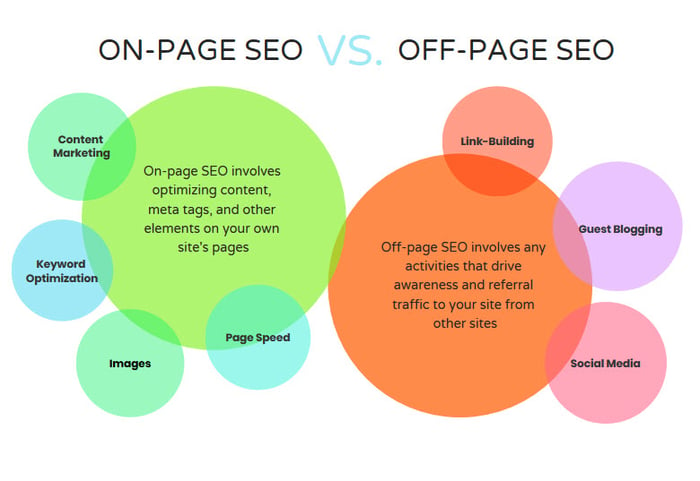
Search engine results pages, or SERPs, are so common in today’s digital world that most people don’t even think about them. For most internet users, they’re similar to a non-descriptive waiting room – a place you end up briefly while on your way to where you really want to go. But for businesses, SERPS are everything. Not only do they determine if people find your website, but they also dictate whether or not your competition is going to outperform you, this month and the month after that.
For that reason, a lot of time and energy goes into businesses trying to improve where they show up on SERPs, as well as which SERPs their websites rank on. Of course, most business owners and entrepreneurs recognize this work as search engine optimization, or SEO. With limited space on each SERP, the goal is always to have your business’s name on the “prime real estate” page listings that get the most views and the most traffic.
What is a SERP?
“SERP” is an acronym that stands for “search engine result page”, which is the page that appears on a search engine after a term or query has been entered. These pages can consist of a mixture of organic results and paid results, with ads typically appearing at the top. Organic results are curated by the search engine’s algorithm based on the website’s perceived relevance to the search term entered.
Here’s an example of the SERP that appears on Google when you search “Shift4”:

As you can see, SERPs now include much more than a simple directory of relevant website results for any keyword, adding on features using structured data that are meant to enhance the searching experience. Even the results themselves can have supplemental information, with longer meta descriptions, star ratings, sitelinks, and product information.
Optimizing your website’s pages for high ranking on SERPs is the core goal of SEO. In fact, 75% of searchers don’t even look past the first SERP. If your website isn’t on the first page, your chance of earning high organic traffic is much lower.
While the goal of SEO has always been to land on the first page of search results, the way to achieve that has changed drastically as search engines have evolved. Old SEO tactics simply don’t work anymore and may even do more harm than good to your ranking. There are also new features that your site needs to optimize for in order to take advantage of. A lot has changed, and continues to change, in the world of the SERP.
Understanding How SERPs Work Today
While SERPs still show the top results for searches, they have become increasingly dynamic, which means an internet marketer’s work has simultaneously become increasingly complex. Thanks to added SERP features, like Featured Snippets and People Also Ask, not to mention paid ads, today’s SERPs are busier than ever. Oftentimes even a #1 ranking on page one, something every business used to strive for, isn’t enough to actually earn traffic — and that’s really what ranking on SERPs is all about.
 Source: Backlinko
Source: Backlinko
Thankfully, not all SERPs are as crowded as others, which means there are still plenty of opportunities for #1 search result rankings to perform. And, of course, those added features aren’t something to ignore altogether either. If you’re able to get a piece of content listed as a Featured Snippet for a top search (often referred to a “Position 0”) in your niche, then there’s a great chance you’ll see loads of traffic pour in because of it.
The Reality of No-Click Searches
One of the most important factors businesses and marketers working with SERPs need to keep in mind is that a large portion of searches today actually never result in a click. This is because the SERP features give searchers everything they need, like a simple answer to a question, right there on that page.
Why click on another page and spend more time if you already have what you need right there on the SERP?
Because of this, some businesses with great rankings on SERPs never get any correlating traffic. Their content is being used and seen, but not necessarily engaged with in a way that will translate to clicks on their website. And, unfortunately, this means that even well-received efforts are a waste of both a business’s time and its marketing money.
Using SEO Strategies to Improve Where You Appear on SERPs
SEO can be a rather complex facet of digital marketing, which is exactly why so many businesses work with a SEO expert or specialized SEO company, in addition to having their own marketing team. By understanding how SEO works, you inherently gain an understanding of the inner workings of SERPs. After all, the two work in tandem with search engine signaling and algorithms.
To break down SEO in a way that’s easier to understand in terms of SERPs, there are two basic ways to improve search engine rankings:
- On-Page Optimization
- Off-Page Optimization
In the case of on-page SEO, the work is done to a business’s individual website in order to improve the way it is perceived by search engines. This type of work can include things like adding keyword-focused metadata, optimizing headings and subheadings found on pages, cleaning up HTML, and finding ways to make the overall user experience more enjoyable (like faster load times for pages).

Source: WordStream
Off-page SEO, on the other hand, deals with strategies that don’t actually alter a business’s main website. Most SEO experts use things like link building, social media platforms, and content marketing to achieve higher positions on SERPs.
For businesses wanting to implement proven SEO strategies to improve their position on SERPs, there are five basic steps that will help you to start seeing results:
1. Research your keywords.
All great SEO starts with understanding which keywords you’re currently ranking for and which keywords you should be ranking for. As you begin to create a list of target keywords, the goal is to find ones that are already doing fairly well (your business is ranking for them and they’re bringing you some traffic) and then make them perform even better.
One of the biggest mistakes businesses make with SEO is trying to improve their rankings for keywords that are getting them results on page two and page three. Instead, a better strategy is to try to move up a ranking on page one or get multiple rankings on page one.
2. Target the right keywords.
Once you start to get an idea for which keywords you want to focus your attention on, you’ll want to invest even more time in researching them in order to ensure that they are worth your marketing efforts. While this might seem like a lot of upfront research, this is how you make sure you’re not just throwing your marketing budget around on “good keywords”. Remember, there’s a difference between “good” keywords for some businesses and “good” keywords for your business. Part of this research means looking into your keywords that are already bringing you traffic.
You also want to find keywords that have high search volumes and high business values. Both search volume and business value dictate whether or not a top position on a SERP will actually yield you traffic and revenue.
Another step of your keyword research process should be finding keywords that don’t have loads of SERP features above the #1 spot. If a page is loaded with long featured snippets and paid ads, then you won’t want to spend much of your SEO efforts there.
3. Understand the rankings.
One of the most critical aspects of successful SEO is understanding why certain websites and pages are ranking higher on SERPs. The more you can see why other websites are performing better, the more you’ll understand what you need to do specifically in order to compete with them — and eventually beat them.
In general, rankings higher than yours on SERPs have more referring domains, higher page authority, or higher website authority. Knowing which ones you’re dealing with will help you develop a better strategy for actually taking over those top positions. If a website has more referring domains, for example, you’ll want to focus your attention on generating more high-quality links to your site through things like guest blog posts and “skyscraper” link building.
 Source: Ahrefs
Source: Ahrefs
To ensure that you’re link building with valuable websites, research the domain authority of each website you choose to work with. You can do this with a tool like the Website Authority Checker from Ahrefs.
4. Track your rankings.
It’s always surprising to find out how many businesses spend time and money investing in SEO without actually tracking their results. Not only do they not know where their website ranked before they started paying for SEO, but they don’t know which keywords they currently rank for — and if they’ve improved or decreased over the last several weeks or months.
If you want real results through SERPs, then you must track your website ranking from day one. Moreover, you can also subscribe to a SERP API as it can give you real-time updates of the ranking on targetted keywords. That is, a SERP API analyzes your SEO result in an effective way and helps you to plan on what should be done to improve the results.
5. Keep going.
SERPs aren’t static and neither is SEO work. Rankings are constantly changing, and so are the strategies being implemented by your competition. Even when you start to see great results, you shouldn’t stop. Not only should you continue to find more keyword opportunities, but you should also continue to work on your best rankings. After all, everyone else is trying to get those rankings that are bringing you all of the traffic.
Improving Your SERP Position Without SEO
In addition to SEO strategies, many businesses have a lot of success with their rankings on SERPs through pay-per-click marketing, or PPC. While those pesky paid ads can be troublesome for businesses ranking organically (and still showing up under the page fold), those same paid positions can be miraculous if you happen to be a business that’s paying for those top-of-the-page results.
However, getting to the top of a page through PPC budgets isn’t as simple as just spending more money than the competition.
Each SERP has unique requirements, and not all paid ads are shown above organic ads. Businesses can also be highly selective of where and when their paid ads show up, which means the competition could be stiff for mobile searches but easier to rank for on desktop devices, and vice versa.
Like SEO, the best way to improve SERP rankings is to understand your keywords, where and when you want to be showing up, and exactly how businesses are getting the spots (and results) you want.
Conclusion
While so many businesses focus on SERP rankings, the reality is that even the highest rankings can only take businesses so far. After all, rankings don’t make you money; traffic is what actually generates revenue. That’s why it’s so important to understand which keywords you actually want to rank for, because not all of them will be worth the efforts required to get them.





Leave a reply or comment below